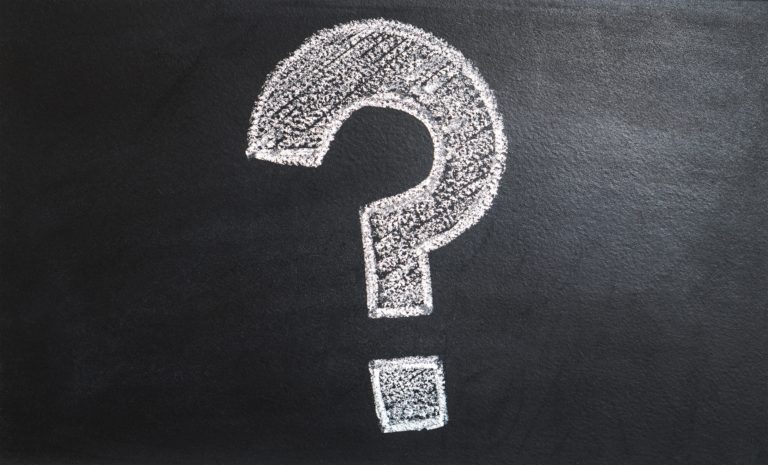
How Do You Handle Probate?
While you are living, you have the right to give anyone any property of your choosing. If you give your power to gift your property to another person, typically through a Power of Attorney, then that person is your agent and may give away your property, according to an article “Explaining the basic aspects probate” from The News-Enterprise. When you die, the Power of Attorney you gave to an agent ends, and they are no longer in control of your estate. Your “estate” is not a big fancy house, but a legal term used to define the total of everything you own.
Property that you owned while living, unless it was owned jointly with another person, or had a beneficiary designation giving the property to another person upon your death, is distributed through a court order. However, the court order requires a series of steps.
First, you need to have had created a will while you were living. Unlike most legal documents (including the Power of Attorney mentioned above), a will is valid when it is properly signed. However, it can’t be used until a probate case is opened at the local District Court. If the Court deems the will to be valid, the probate proceeding is called “testate” and the executor named in the will may go forward with settling the estate (paying legitimate debts, taxes and expenses), before distributing assets upon court permission.
If you did not have a will, or if the will was not prepared correctly and is deemed invalid by the court, the probate is called “intestate” and the court appoints an administrator to follow the state’s laws concerning how property is to be distributed. You may not agree with how the state law directs property distribution. Your spouse or your family may not like it either, but the law itself decides who gets what.
After opening a probate case, the court will appoint a fiduciary (executor or administrator) and may have a legal notice published in the local newspaper, so any creditors can file a claim against the estate.
The executor or administrator will create a list of all of the property and the claims submitted by any creditors. It is their job to ensure that claims are valid and have been submitted within the correct timeframe. They will also be in charge of cleaning out your home, securing your home and other possessions, then selling the house and distributing your personal furnishings.
Depending on the size of the estate, the executor or administrator’s job may be time consuming and complex. If you left good documentation and lists of assets, a clean file system or, best of all, an estate binder with all your documents and information in one place, it can alleviate a lot of stress for your executor. Estate fiduciaries who are left with little information or a disorganized mess must undertake an expensive and burdensome scavenger hunt.
The executor or administrator is entitled to a fiduciary fee for their work, which is usually a percentage of the estate.
Probate ends when all of the property has been gathered, creditors have been paid and beneficiaries have received their distributions.
With a properly prepared estate plan, your property will be distributed according to your wishes, versus hoping the state’s laws will serve your family. You can also use the estate planning process to create the necessary documents to protect you during life, including a Power of Attorney, Advance Medical Directive and Healthcare proxy.
Reference: The News-Enterprise (Feb. 2, 2021) “Explaining the basic aspects probate”


